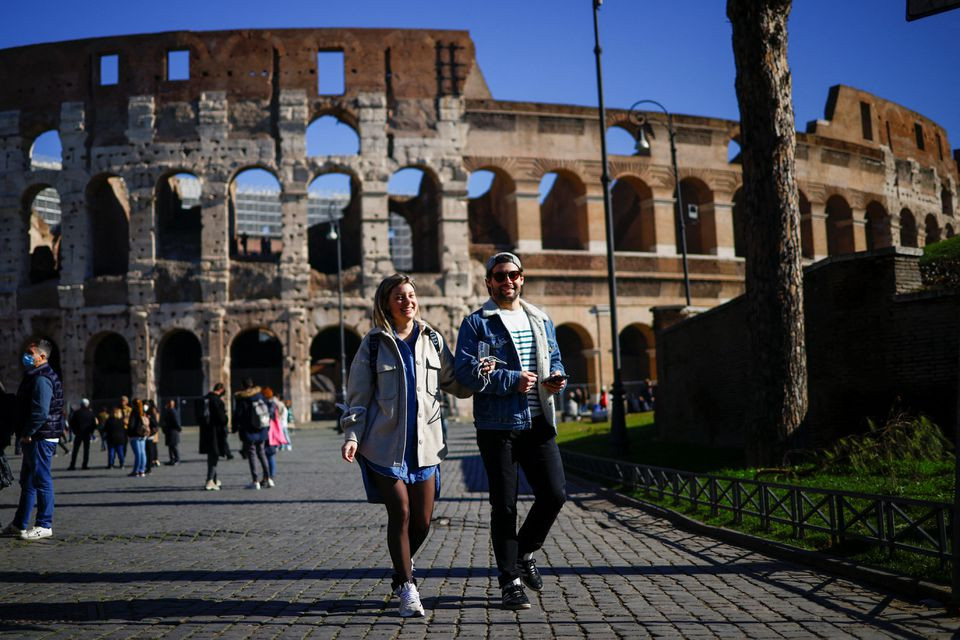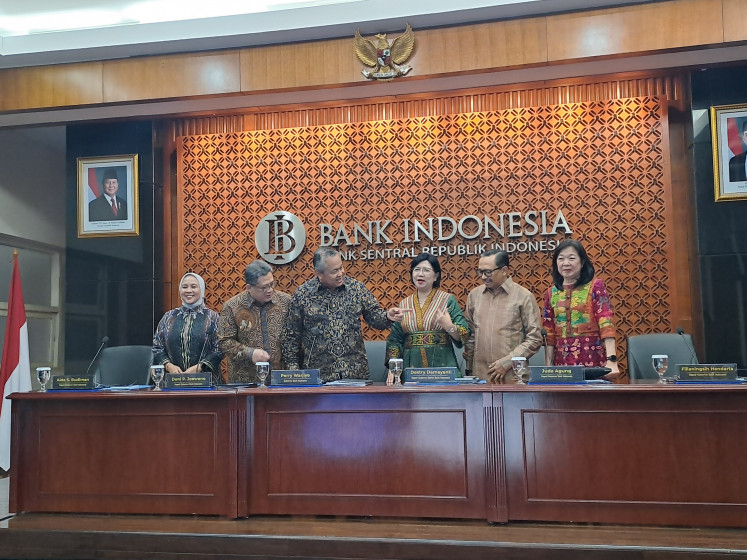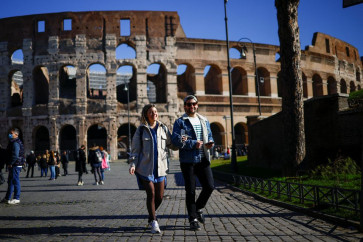Popular Reads
Top Results
Can't find what you're looking for?
View all search resultsPopular Reads
Top Results
Can't find what you're looking for?
View all search resultsRome, new cities and World Expo 2030
Rome’s vision for the expo stems from the capacity to harness its past heritage and accurately assess its current needs with a view to creating a sustainable future.
Change text size
Gift Premium Articles
to Anyone
A
stroll through the center of Rome is all it takes to realize how it came to deserve the title of “the Eternal City”. Layer upon layer of history is visible to the eye, a stratification that provides precious information for scholars, a unique environment for its inhabitants and a source of wonder for visitors from every corner of the world.
For almost 3,000 years, Italy’s capital has been a paragon of continuity, capable of adapting to change and reinventing its present. Its extensive artistic heritage bears witness to how Rome has adapted to changing situations over the course of the millennia. Now this city is presenting its candidature to host the Universal Exposition in 2030.
Ever since antiquity, Rome has shown the way by inventing state-of-the art solutions to fulfil the needs of its communities (it already had 1 million inhabitants at the time of Emperor Augustus). One such feat is the futuristic network of aqueducts that earned Rome the title of “Regina Aquarum” (queen of the waters), or the network of consular roads that connected the Eternal City with all the provinces of the peninsula and the empire (“all roads lead to Rome”).
Rome’s vision for the expo stems from this capacity to harness its past heritage and accurately assess its current needs with a view to creating a sustainable future.
Rome, since its inception, given its location in the center of the Mediterranean and a crossroad between three continents, has sourced ideas and talent from beyond its borders. The exceptional collection of art and culture would never have existed without the contributions of many other cultures.
Rome is also the metropolis with the largest green belt in Europe. Its city parks, historic villas and natural surroundings endow it with a special balance, a long-standing integration between citizens and nature that can stand as an example for the future. Not surprisingly, Rome is the largest agricultural council in Europe: it boasts extensive and often innovative agricultural activities. Once again, its past heritage acts as a boost rather than a burden, a strong platform for sustainable solutions for our shared future.
Rome has not opted for an immediately newsworthy proposal; it is not trying to grab attention by referring just to its past. It has instead chosen a program slogan that focuses primarily on the present and the future: “People and territories: urban regeneration, inclusion and innovation”. The theme outlines a challenge that is common to all international communities and embodies the recommendations contained in the United Nations 2030 Agenda.



















